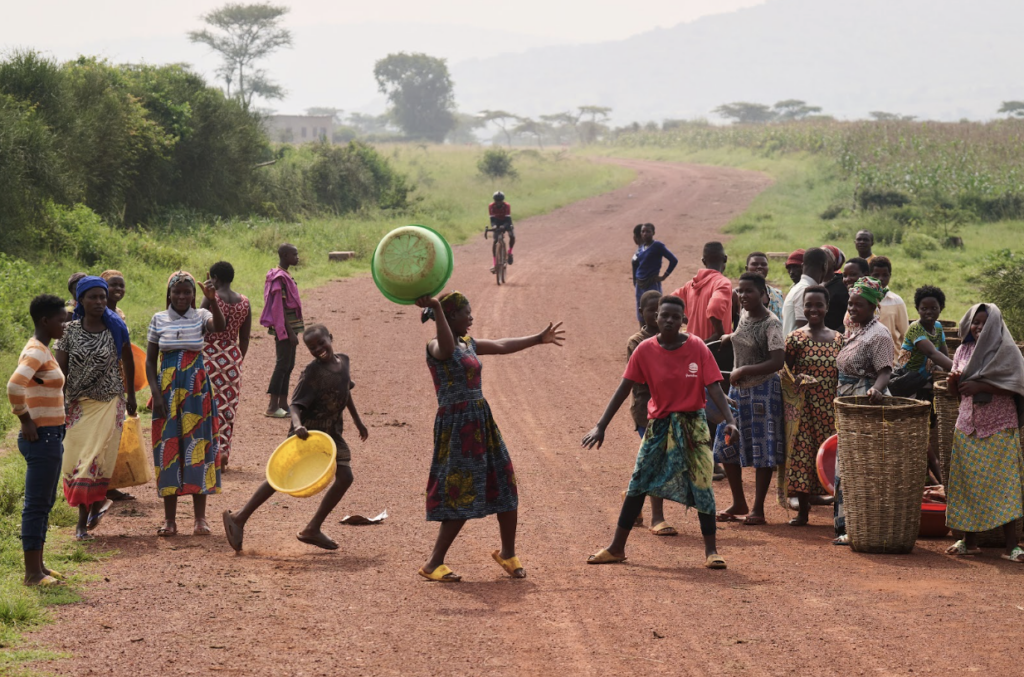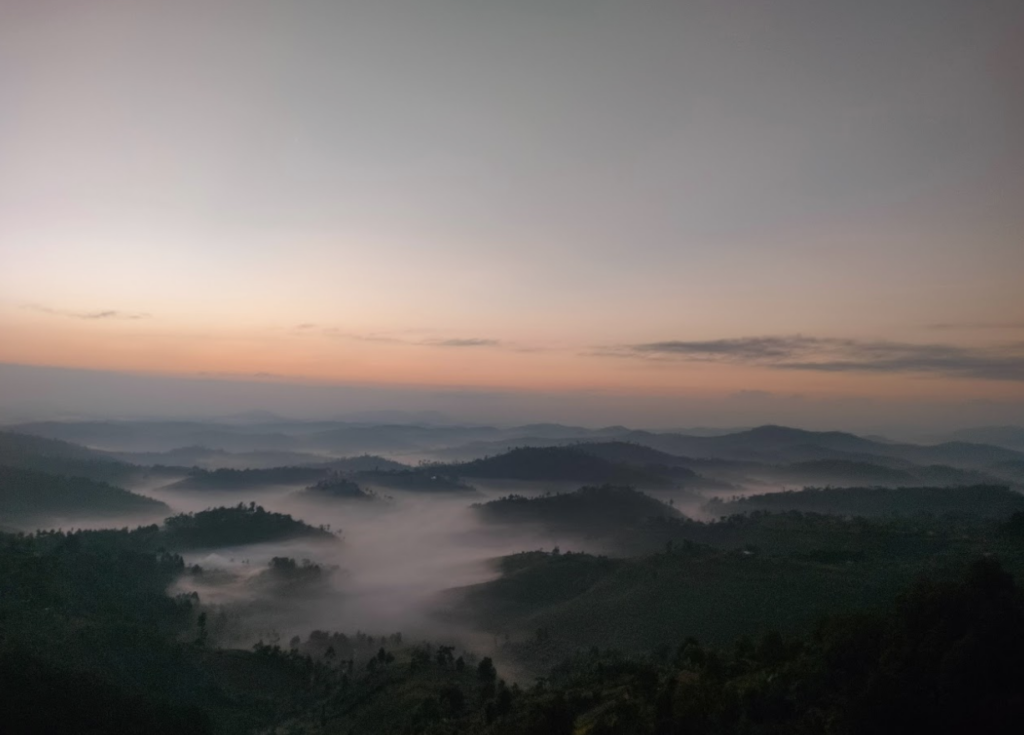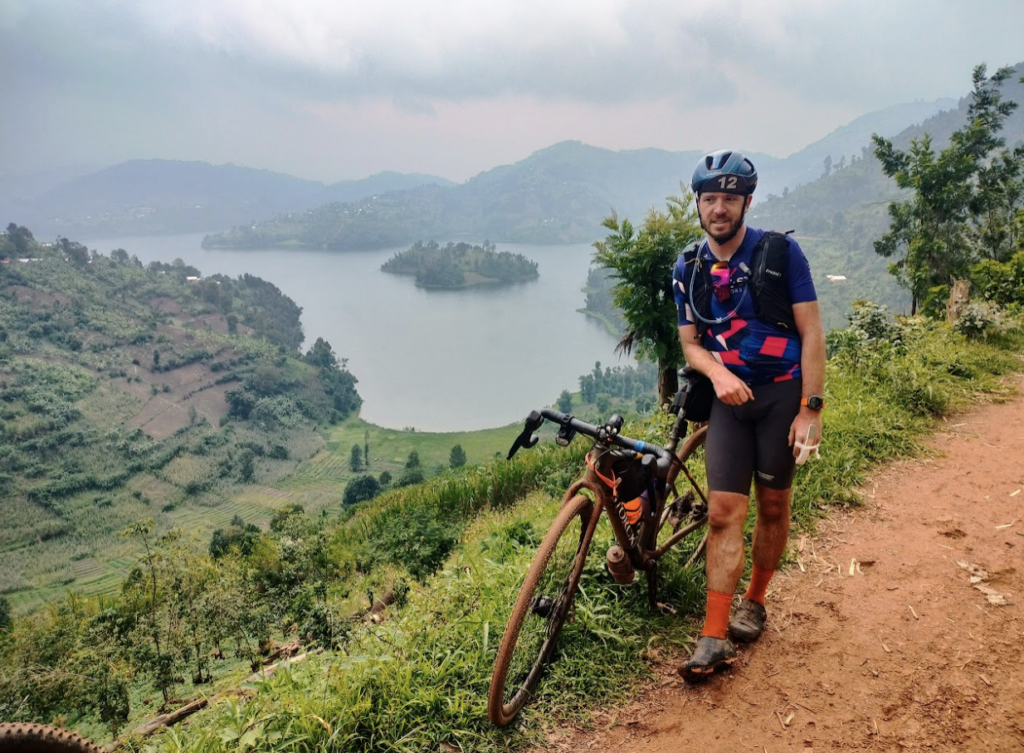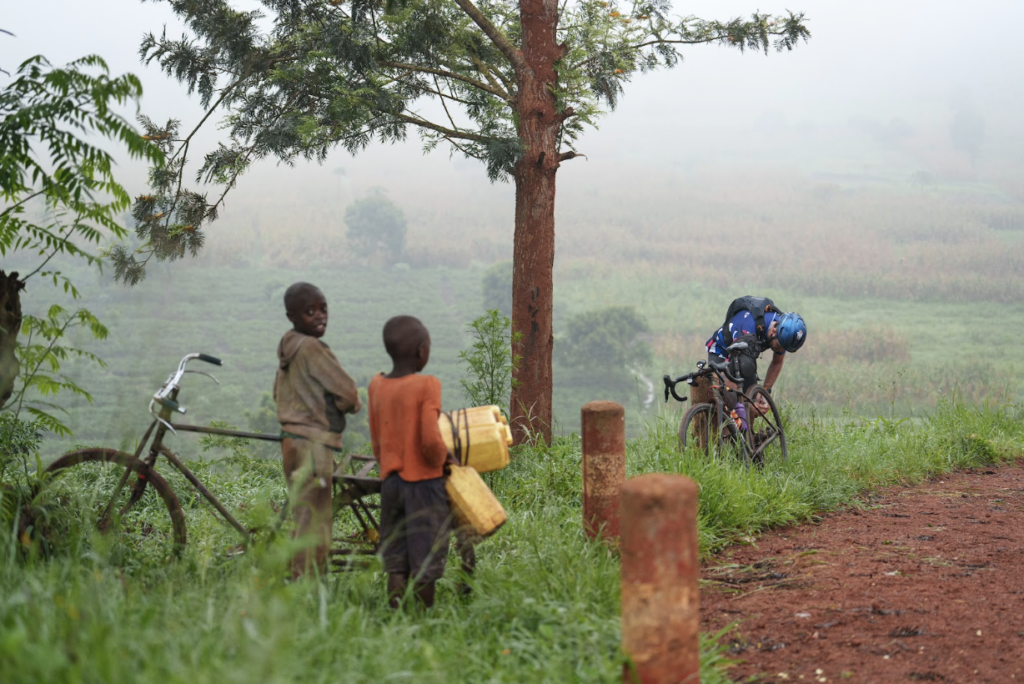A few weeks ago, Bavo took part in an exceptional cycling event, in Rwanda..
Who I am
Most of you probably don’t know me, as I haven’t really been active in the BBB community the last couple of years. However, when I first started cycling when I moved to Brussels, they were one of the first clubs I heard about and consequently joined on one of the group rides. I remember one ride heading into the famously hilly area of Brabant Wallon, I had been convinced by a faster friend to join a group which I wasn’t completely comfortable with. I hung on for two thirds of the ride then I was completely empty. Luckily, a road captain and another rider stuck with me. In hindsight, this was definitely one of the rides that helped to push me to ride more, and to understand what proper cycling etiquette is.
I moved to Brussels almost 6 years ago, coming from a cycling-crazy region. Where I grew up, I could literally head out the door and catch glimpses of Gent-Wevelgem, Dwars door Vlaanderen or E3 Harelbeke. Funnily enough, other than cycling as a means of transport, I never considered it as a sport. It’s only once I moved that I bought my first real (gravel) bike and started to enjoy it as a hobby. Quickly I realized that other people were a lot faster than me, even while training less. With this in mind, I shifted my focus and started to ride longer and further. I remember my first 100km ride to Villers la Ville like yesterday, on the way back around the southern edge of Brussels I had to sit down for half an hour to regain strength and courage just to be able get home.

I also remember my first 150 km ride and first 200 km ride and I have fantastic memories of my first bikepacking trip during the Covid summer, heading to Austria. It was around this time that I went for my first 300 km ride: Little Belgium. I realized that some people actually enjoy long distance cycling, and because I wasn’t fast I decided to go long instead.
What the race is about
The race around Rwanda is an unsupported ultra endurance race. Basically, you get a gpx file of 1000 km spanning the whole country, the organizers wave you off and then you’re by yourself. I found out about the race a couple of years back, and contemplated participating in the 2023 edition but finally decided to wait until 2024 and spend last year training for it. In 2023 I had my most productive cycling year so far, totalling almost 11 000 km on the bike, many of it on gravel. I never ran into any problems, until late January this year when I joined Brussels Breakfast Club one morning. I cut a corner, and crashed into another cyclist (sorry!). The verdict at the hospital was a tough pill to swallow: a broken middle finger on my left hand. Not ideal, a week before my flight and 10 days before the race start.

The Race around Rwanda is not just any race, it takes you over some magnificent gravel roads.
The Race around Rwanda is not just any race, it takes you over some magnificent (and gnarly) gravel roads, ranging from African red earth paths to rocky black volcano stones. Now, with a broken finger this would be a hell of a challenge. I thought about whether I’d start or not, but decided to try and go for it.

The actual race
On race day we get served breakfast at 3.30 am. I have slept about 4 hours as nerves were keeping me up. At 5 am Rwandan police show up at the racestart in Kigali and escort us out of town. We spend an hour on an asphalt road taking us east, before a sharp right turn plunges us into the real adventure: African gravel roads. The sun is starting to rise, people are waking up and are walking to their nearest church – it’s Sunday. I spot a rider who already has a flat tire, and before I can decide whether to pity him or not, disaster strikes for me too. My rear tire is flat, the first time (but not the last) that I will regret mounting 33 mm tires for this race. With the help of some locals, who go out running to look for a Presta pump, I can continue.
In the afternoon, and one more flat tire later, I reach the first checkpoint. It’s a little later than I anticipated but I’m still in a very good mood. I have some food and decide to continue, convincing another Belgian rider to come with me. According to my gpx file, the route should be flat. Spoiler: it isn’t. It never is in Rwanda. We hit another gravel sector when the night falls and a little later we meet some other riders. We all decide to sleep at a lakeside resort.

The sun is starting to rise, people are waking up and are walking to their nearest church - it’s Sunday.
The second day starts with a big climb, then one gravel sector after the other. I start to feel a lot of pain in my finger, and I’m considerably slower than I would usually be, especially in the descents. I sit down for a meal of rice, fries and beans, before tackling the last gravel sector. It’s at this time that I notice that I’ve lost all pressure in my front brake, no doubt a consequence of the crash that I suffered. Because I’m not really using my left hand anyway, I continue with only one functional brake. At checkpoint 2 I meet Guillaume, another local Belgian rider who was in second place when he broke his wheel. I see that some people have it worse than me. I go to sleep early, and decide to leave at 3 am the next day.

The next day brings more of the same: lots of climbing and rough gravel roads. In the descent towards Lake Kivu, I take a tumble and end up in a ditch. Luckily I seem to be fine, but I descend even slower afterwards. Once I reach the lake, there is no time to take a breather. Instead, the road goes upwards yet again and continues to roll up and down until the third checkpoint. Here, I decide to have a beer, enjoy the sunset and check out my bike. My rear brake pads are almost completely gone but I can’t get the pistons to move back completely so when I put new ones, they rub. An older gentleman advises me to put the half worn pads from the front, which I’m not using anyway. I end up taking his advice, but I am now very nervous that they will not hold until the finish.

Everyone was scared of the road between CP 3 and CP 4 and rightfully so. According to the roadbook there’s close to 7000 meters of elevation over the next 260 km. Combined with the questionable state of the roads, I already know I won’t make it to the next checkpoint when I begin my day at 3 am. Around noon, I am at an all-time low energy level and I look for some shade to drink an emergency Fanta. A little later I stop for a filling lunch, this gives me enough energy to tackle one of the most beautiful but also most difficult parts of the race: the crossing of the Nyungwe Rainforest. The road resembles a rollercoaster, a never ending series of hills and turns. At first, I feel strong, but every climb takes a dig at my mental and physical energy level. At the last mountain top, I feel completely empty. I decide to stop at the first hotel, and I am reunited with a dozen other riders who have had the same idea. When we all wake up the next day, we realize that there’s 270 km left to the finish. A couple of people are determined to go the distance and finish in Kigali the same day, most of us are content to leave the last 100 km for the next day.

After a magnificent sunrise, I reach CP 4 before lunch. When I leave, I start to believe that finishing the same day won’t be impossible anyway. When I meet the same older gentleman from before, he tells me the same thing: “Might as well ride until the end”. When I get off the last gravel sector, there’s about 100 km left. The road is straight and endless, my heartrate doesn’t go above 125 anymore, that’s the toll that this race has taken on my body. When I finally reach Kigali, I expect tears when I cross the finish line. However, I only feel relief and happiness, I can’t believe I’ve finished this adventure with a broken finger.
After the race
After the race I have some time to evaluate my race. Please learn from my mistakes which I’ve now recycled as advice. But only do so if it suits you.
- Download the map for your gps device for the region where you’re riding. Following a thin red line without any other points of reference or roads, is like riding in a vacuum.
- Don’t break any limbs before the start. Or after the start, for that matter.
- Don’t mount 33mm tires when the route takes you over rough African gravel. It adds unnecessary stress on the body.
- Eat on the bike if you are trying to be fast. I saw a rider order a burger with a side of fries, wrap all of it in aluminum foil and eat it on the bike. I can’t.
- Make friends on the road. They have the best tips and share the best support.
- Have people dotwatch you. It’s a surprisingly good motivation while riding.


